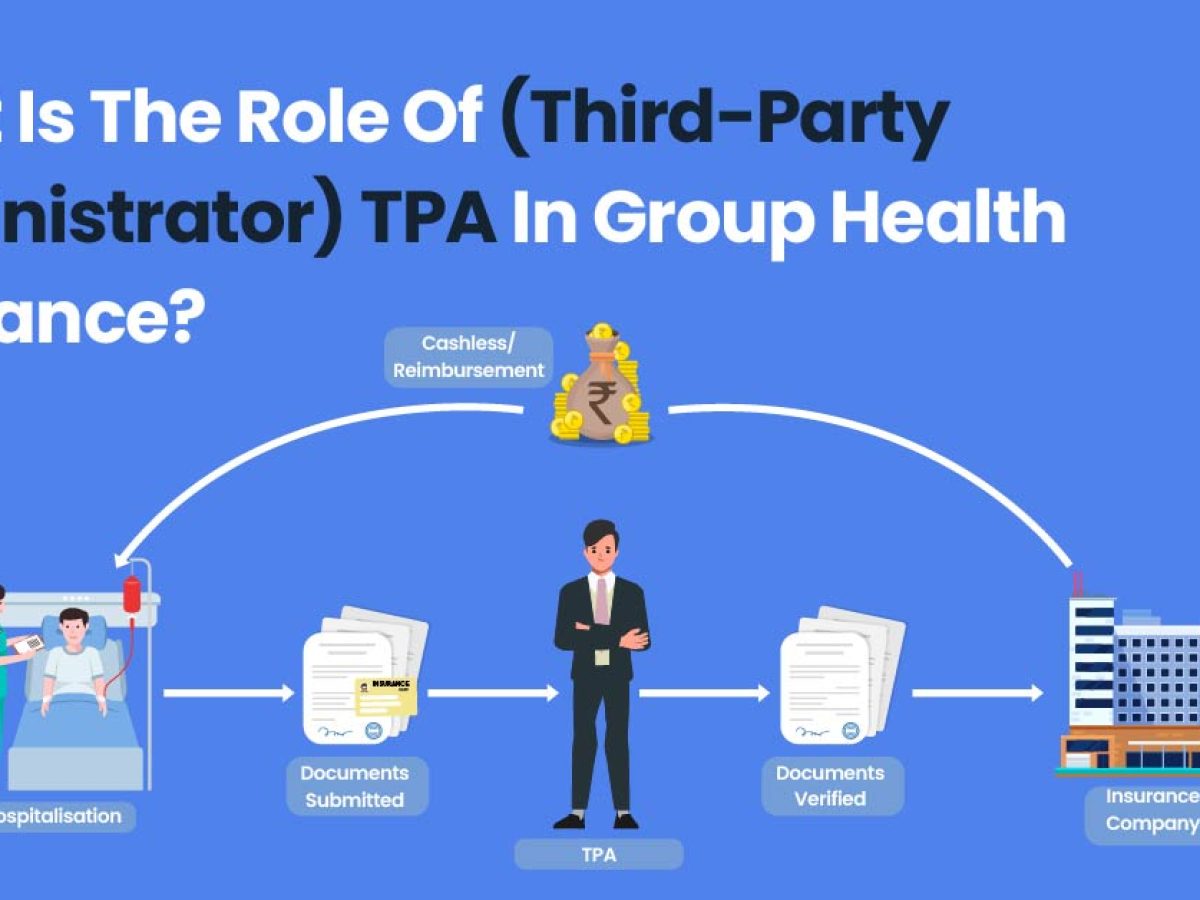Indicators on Pacific Prime You Should Know
Wiki Article
Not known Facts About Pacific Prime
Table of ContentsExcitement About Pacific PrimeSome Known Details About Pacific Prime Pacific Prime Can Be Fun For AnyoneAll About Pacific PrimePacific Prime Can Be Fun For Anyone

This is due to the fact that the data were accumulated for a period of solid economic performance. Of the approximated 42 million people who were uninsured, almost about 420,000 (concerning 1 percent) were under 65 years old, the age at which most Americans end up being eligible for Medicare; 32 million were adults between ages 18 and 65, about 19 percent of all adults in this age team; and 10 million were youngsters under 18 years of age, regarding 13.9 percent of all youngsters (Mills, 2000).
These estimates of the number of persons without insurance are generated from the annual March Supplement to the Existing Populace Study (CPS), conducted by the Demographics Bureau. Unless otherwise kept in mind, nationwide price quotes of individuals without health insurance policy and proportions of the population with different sort of protection are based on the CPS, one of the most extensively made use of source of estimates of insurance coverage and uninsurance prices.
The Best Guide To Pacific Prime

Still, the CPS is especially valuable because it creates annual price quotes reasonably swiftly, reporting the previous year's insurance policy protection estimates each September, and due to the fact that it is the basis for a constant collection of estimates for even more than twenty years, enabling evaluation of patterns in protection over time. For these reasons, along with the extensive use of the CPS in other research studies of insurance policy coverage that exist in this record, we count on CPS estimates, with restrictions noted.

The estimate of the number of without insurance individuals increases when a populace's insurance status is tracked for a number of years. Over a three-year duration starting early in 1993, 72 million individuals, 29 percent of the united state population, were without protection for a minimum of one month. Within a single year (1994 ), 53 million people experienced at least a month without insurance coverage (Bennefield, 1998a)
6 out of every ten uninsured grownups are themselves utilized. Although functioning does enhance the likelihood that a person and one's family members will certainly have insurance, it is not a guarantee. Even members of households with two permanent breadwinner have nearly a one-in-ten possibility of being without insurance (9.1 percent without insurance rate) (Hoffman and Pohl, 2000).
Not known Facts About Pacific Prime
New immigrants make up a significant percentage of people without wellness insurance. One evaluation has associated a considerable portion of the recent development in the dimension of the united state without insurance populace to immigrants who showed up in the country in between 1994 and 1998 (Camarota and Edwards, 2000). Recent immigrants (those who pertained to the USA within the previous four years) do have a high rate of being without insurance (46 percent), but they and their youngsters represent simply 6 percent of those without insurance policy across the country (Holahan et al., 2001).The connection in between health insurance policy and accessibility to care is well established, as recorded later on in this chapter. The relationship between health and wellness insurance and health end results is neither straight neither simple, a considerable clinical and health and wellness services study literary works web links health insurance protection to better access to care, better quality, and improved individual and population wellness condition.
Degrees of analysis for analyzing the effects of uninsurance. It focuses specifically on those without any health and wellness insurance for any kind of size of time.
Excitement About Pacific Prime
The issues encountered by the underinsured are in some aspects comparable to those encountered by the without insurance, although they are typically much less extreme. Health and wellness insurance policy, however, is neither essential neither enough to acquire access to medical solutions. The independent and straight effect of wellness insurance policy coverage on access to health solutions is well established.
Others will acquire the health care they need also without medical insurance, by paying for it out of pocket or seeking it from carriers who offer treatment cost-free or at extremely subsidized prices. For still others, health and wellness insurance policy alone does not make sure invoice of treatment due to various other nonfinancial barriers, my explanation such as a lack of healthcare companies in their neighborhood, minimal accessibility to transportation, illiteracy, or linguistic and social differences.
Excitement About Pacific Prime
Official research study about without insurance populations in the United States dates to the late 1920s and early 1930s when the Committee on the Expense of Healthcare produced a series of records concerning funding doctor office gos to and hospitalizations. This problem became significant as the varieties of medically indigent climbed throughout the Great Depression.Report this wiki page